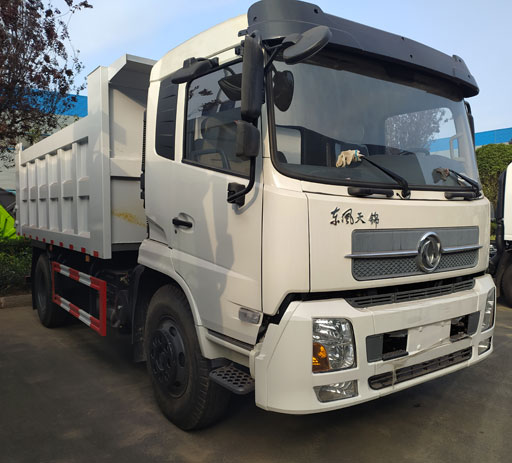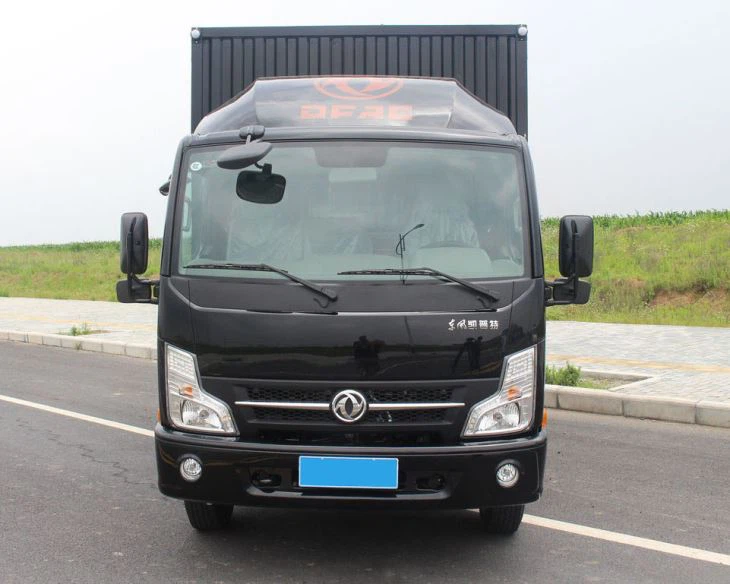Ultimate Guide to the 1998 Kenworth W900: Features, Specifications, and More

Introduction
The 1998 Kenworth W900 is a legendary model known for its robust design, exceptional power, and versatility in the trucking industry. This classic truck combines the charm of traditional styling with the performance needed for modern hauling tasks. In this comprehensive article, we will delve into the features, specifications, advantages, and practical tips related to the 1998 Kenworth W900, making it an essential read for truck enthusiasts and potential buyers alike.
Overview of the Kenworth W900 Series
History and Development

Introduced in the late 1960s, the Kenworth W900 series has established a significant reputation in the trucking community. Built with long-haul in mind, these trucks were designed to handle various payloads while providing a comfortable ride for drivers. The W900 has evolved through the decades, with the 1998 model embodying both tradition and modernization.
Key Features of the 1998 Kenworth W900
- Classic styling with a long hood and signature Kenworth grille.
- Powerful engine options that cater to various hauling needs.
- Customizable interiors with driver comfort in mind.
- Durable build quality suitable for rough job sites.
Engine Specifications
Powertrain Options
The 1998 Kenworth W900 came with multiple engine options to best suit driver preferences and cargo requirements. Here are some notable specifications:
| Engine Model | Horsepower | Cylinder Configuration | Torque (lb-ft) |
|---|---|---|---|
| Cummins N14 | 450-550 | Inline 6 | 1,650 |
| CAT 3406E | 425-550 | Inline 6 | 1,650 |
| Detroit Diesel Series 60 | 455-500 | Inline 6 | 1,650 |
Transmission Options
The 1998 W900 offered various transmission types, allowing drivers to choose according to their driving style and payload management:
- Manual: Available in 10-speed and 13-speed configurations.
- Automatic: Reinforced for better fuel efficiency and performance.
Interior Comfort and Features
Cab Layout and Design
The interior of the 1998 Kenworth W900 reflects a balance of functional ergonomics and comfort. Key elements include:
- Spacious sleeper cab options for long-haul drives.
- Customizable configurations for enhanced comfort.
- Premium upholstery and materials used for the dashboard and seating.
Technology and Amenities
Despite being released in 1998, the W900 provided various amenities to enhance the driver’s experience:
- Integrated CB radio and audio systems.
- Advanced climate control systems.
- Storage compartments for personal and work items.
Performance and Handling
Ride Quality
The Kenworth W900 is well-known for its smooth ride quality, thanks to its well-engineered suspension system, which helps absorb bumps and shocks on the road.
Fuel Efficiency

Fuel efficiency for the 1998 W900 varies based on the engine type and load carried, but many drivers report average mileage ranging from 5.5 to 7.5 miles per gallon, depending on driving conditions.
Maintenance Tips
Routine Checks
To keep the 1998 Kenworth W900 in prime condition, regular maintenance is key:
- Check fluid levels (engine oil, coolant, brake fluid) regularly.
- Inspect tires for wear and pressure monthly.
- Schedule periodic alignments to maintain handling quality.
Common Repairs and Solutions
Typical issues reported by W900 owners include:
- Electrical system problems – Ensure connections are clean and secure.
- Engine overheating – Check the radiator and coolant levels.
Value and Market Trends
Current Market Value
The value of a 1998 Kenworth W900 largely depends on its condition, mileage, and specific features. On average, it can range from $20,000 to $60,000.
Future Trends
As vehicles like the 1998 Kenworth W900 become classics, their demand is rising among collectors and enthusiasts, potentially increasing their value over time.
Tips for Purchasing a Used 1998 Kenworth W900
Things to Consider Before Buying
If you’re in the market for a used 1998 Kenworth W900, here are some tips to ensure you make an informed decision:
- Always obtain a vehicle history report to check for prior accidents.
- Conduct a thorough inspection or hire a professional mechanic to evaluate the truck’s condition.
- Consider the total cost of ownership, including insurance, maintenance, and fuel.
Negotiating the Price
Be prepared to negotiate the price based on your assessment of the truck’s condition and any repairs needed. Research similar models to understand market conditions.
FAQs About the 1998 Kenworth W900
1. What should I look for in a used 1998 Kenworth W900?
Inspect the engine, transmission, suspension, and overall body condition. Look for rust, fluid leaks, and signs of wear in the cabin.
2. Is the 1998 Kenworth W900 a good investment?
Yes, as the truck is considered a classic and has potential for appreciation in value, especially among truck enthusiasts.
3. How does the 1998 Kenworth W900 compare to newer models?
While newer models may offer updated technology and fuel efficiency, the 1998 W900 stands out for its durability, classic design, and nostalgic value.
4. What is the best engine option for the 1998 Kenworth W900?
The best engine depends on your specific needs; many drivers prefer the Cummins N14 for its balance of power and reliability.

5. Can I upgrade features on a 1998 Kenworth W900?
Yes, many owners have upgraded features such as audio systems, seats, and storage options to enhance comfort and functionality.
6. Where can I find parts for a 1998 Kenworth W900?
Parts can be sourced from specialty truck parts stores, online retailers, and forums dedicated to Kenworth trucks.
